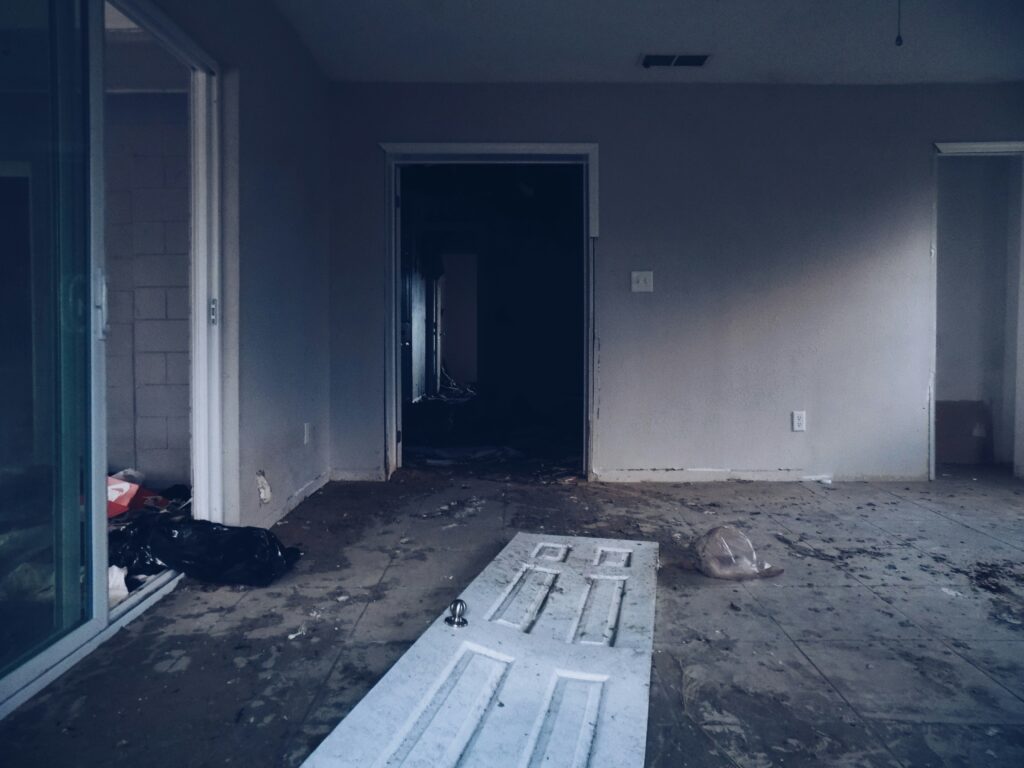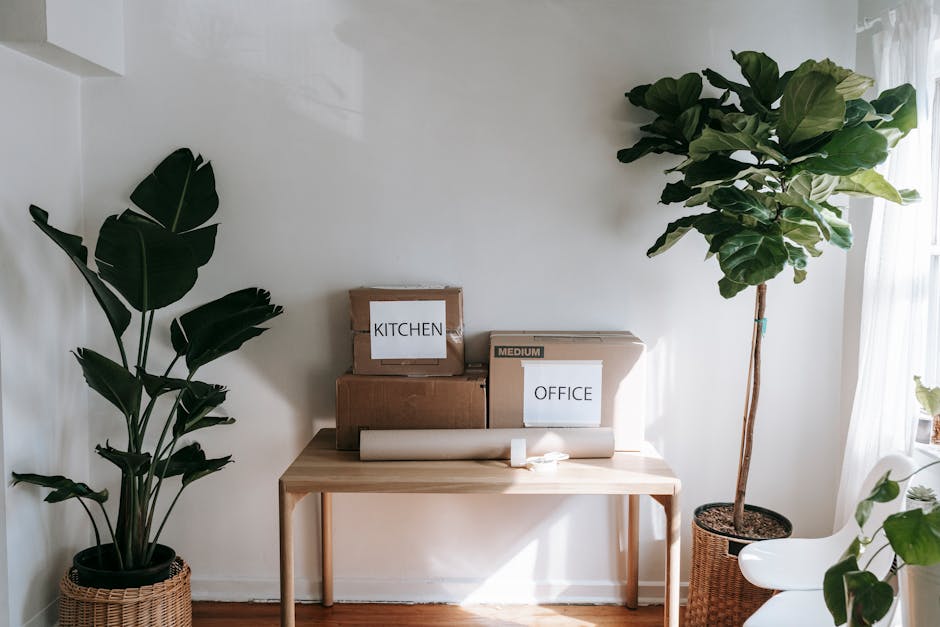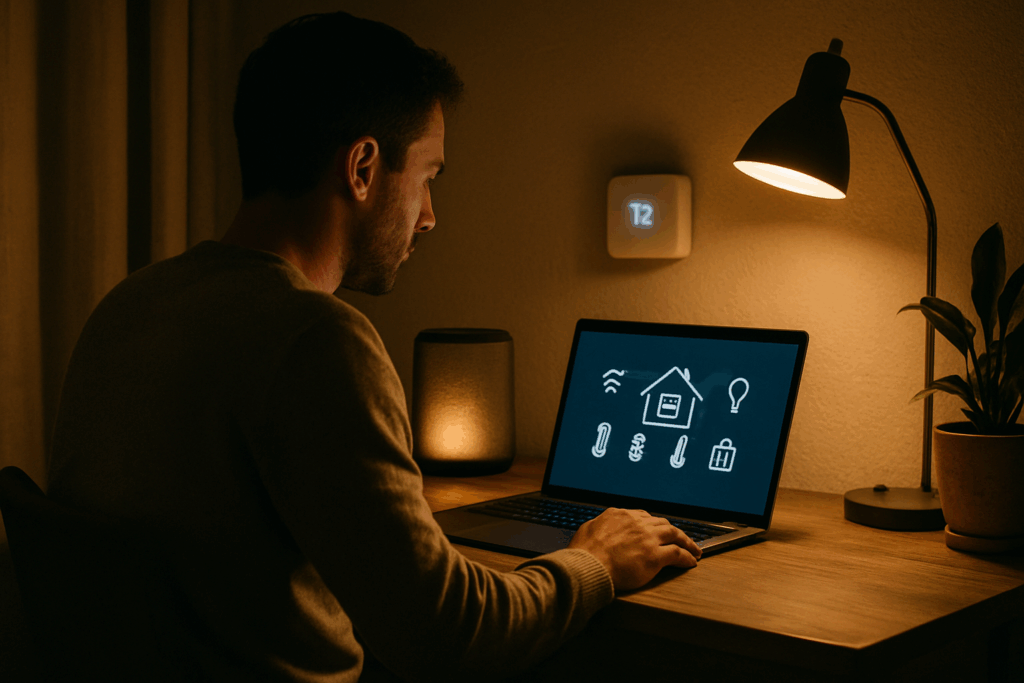The Market’s Heating Up
Home improvement is getting a second wind, but not for the usual reasons. With interest rates still sitting high and the housing market cooling, people are choosing to stay planted instead of moving. That decision has sparked a jump in renovations—fixing what’s outdated, adding function where it lacks, and making old spaces work better instead of chasing new ones.
What’s different now is the type of updates homeowners are going for. Flashy luxury upgrades are taking a back seat. The focus has shifted to smart, efficient choices—think programmable thermostats, energy-saving appliances, better insulation, and flexible space planning. People aren’t just upgrading to impress; they’re upgrading to live better, longer, and smarter in their current homes. It’s less about showing off and more about locking in long-term value.
Tech Takes the Lead
Smart home tech isn’t just cool—it’s practical, and people are finally catching on. There’s been a clear surge in installations of connected lighting, thermostats, and security systems across homes of every size. Part of the reason? It’s no longer a headache to set up. Brands have made serious strides in integration—many now play nicely with each other, and setup is down to a few taps on your phone.
Homeowners are also getting smarter about energy use. A programmable thermostat can pay for itself within a year, and motion-sensitive lighting does more than look fancy—it cuts waste. Tied together with remote access, the daily routine starts to feel smoother, especially for working parents and frequent travelers.
Whether it’s scheduling lights, checking your front door from an app, or syncing appliances for off-peak energy use, smart home upgrades are no longer niche—they’re the new standard.
For more, check out this deep dive on smarter homes.
Sustainability Is No Longer Optional
Eco-upgrades are no longer niche—they’re the new standard. More homeowners are asking for low-impact materials that don’t drain resources or leave a heavy footprint. Think recycled wood, low-VOC paints, and high-efficiency insulation. As supply chains catch up, these options are easier to source—and more affordable.
Water- and energy-saving appliances are also showing up on more upgrade checklists. From low-flow showerheads to high-efficiency dishwashers, products that save on utility costs are now seen as long-term investments, not just nice-to-haves.
Meanwhile, modular design is gaining ground. Kitchens with moveable islands. Offices that can flex into guest rooms. The idea is simple: design smart, and build with change in mind. It’s flexible, future-ready, and lighter on the planet.
Remodeling Trends by the Numbers
Some things don’t change—kitchens and bathrooms remain the top targets when it comes to remodeling. They’re high-impact spaces that still carry the most weight in both daily use and resale value. Whether it’s a full gut job or just replacing countertops and fixtures, these two rooms continue to get the lion’s share of attention and budget.
What’s rising fast, though, is the focus on outdoor living. Homeowners are carving out more usable square footage with decks, patios, outdoor kitchens, and fencing upgrades. The backyard is no longer an afterthought—it’s becoming an extension of the home’s core living space.
Then there’s the DIY side of the story. Interest in tackling projects solo has exploded, thanks to online tutorials and cost pressures. People are painting, building planter boxes, and even installing their own fences. But for bigger jobs—think structural work or rewiring—a skilled professional is still the smart move. There’s a growing understanding that while you can DIY some things, knowing when to call in help saves more than just time.
Builder and Contractor Shortages Still a Factor
Renovation demand is running hot. Unfortunately, the labor pool isn’t keeping pace. Skilled builders, electricians, and HVAC pros are getting harder to book—especially in cities where work-from-home flexibility sparked long-term home upgrades. The result? Longer wait times, steeper quotes, and more competition for reputable contractors.
Homeowners face two choices: wait or adjust. Delays are now a given, with some projects pushed out six months or more. Budget creep is another reality, as contractors hike rates to reflect supply-and-demand pressure.
Want to stay ahead? Start early. Vet professionals on platforms like Houzz and Angi, but don’t stop there. Check licenses. Read reviews. Ask for portfolios and references. Be wary of anyone who can start “tomorrow”—it’s rarely a good sign. Solid contractors are busy, and quality is usually worth waiting for.
If you’re flexible on timing and clear about expectations, you’ll save yourself headaches down the line. In this market, preparation matters as much as inspiration.
Smart Planning = Bigger Payoff
When it comes to getting value from your renovation budget, smaller, focused projects are often more effective than sweeping remodels. Swapping out dated lighting, adding storage solutions, or upgrading insulation might not be flashy—but they pay off faster and put less strain on your wallet. It’s about being surgical, not sprawling.
Homeowners are also getting smarter about investing in the future. This means flexible layouts that can adapt to changing needs—think home offices that convert into guest rooms—and integrating tech that won’t feel obsolete in a year. Voice-controlled lighting, smart thermostats, and app-managed irrigation systems are all getting more affordable and easier to install.
Here’s a quick breakdown of what’s worth upgrading now—and what can likely wait:
Upgrade Now:
– Smart thermostats
– Energy-efficient lighting
– Workspace improvements
– Security features (cameras, smart locks)
Can Wait:
– Full kitchen remodels
– Major landscaping overhauls
– Converting garages into living spaces (unless there’s immediate need)
Bottom line: Don’t aim for a magazine spread. Aim for upgrades that make life easier, cheaper, and more comfortable—today and tomorrow.
Final Thoughts
Home improvement in 2024 isn’t just about making your space prettier—it’s about making it work harder for you. A good-looking backsplash is nice. But a well-insulated attic, a high-efficiency heat pump, or a home battery that cuts your electric bill? That’s the kind of upgrade pulling real weight right now.
Homeowners are thinking with both brains and budgets. Smart thermostats, solar panel readiness, greywater systems—this is the kind of tech-forward, planet-conscious thinking that gives you more than just bragging rights. And with contractors still in short supply, choosing projects that offer longevity and ROI matters more than ever.
Bottom line: the most impactful upgrades this month might not rack up likes on Instagram, but they’ll reduce energy use, stretch your dollar, and give you a smarter living space. Aesthetic still matters—but strategy pays off longer.




